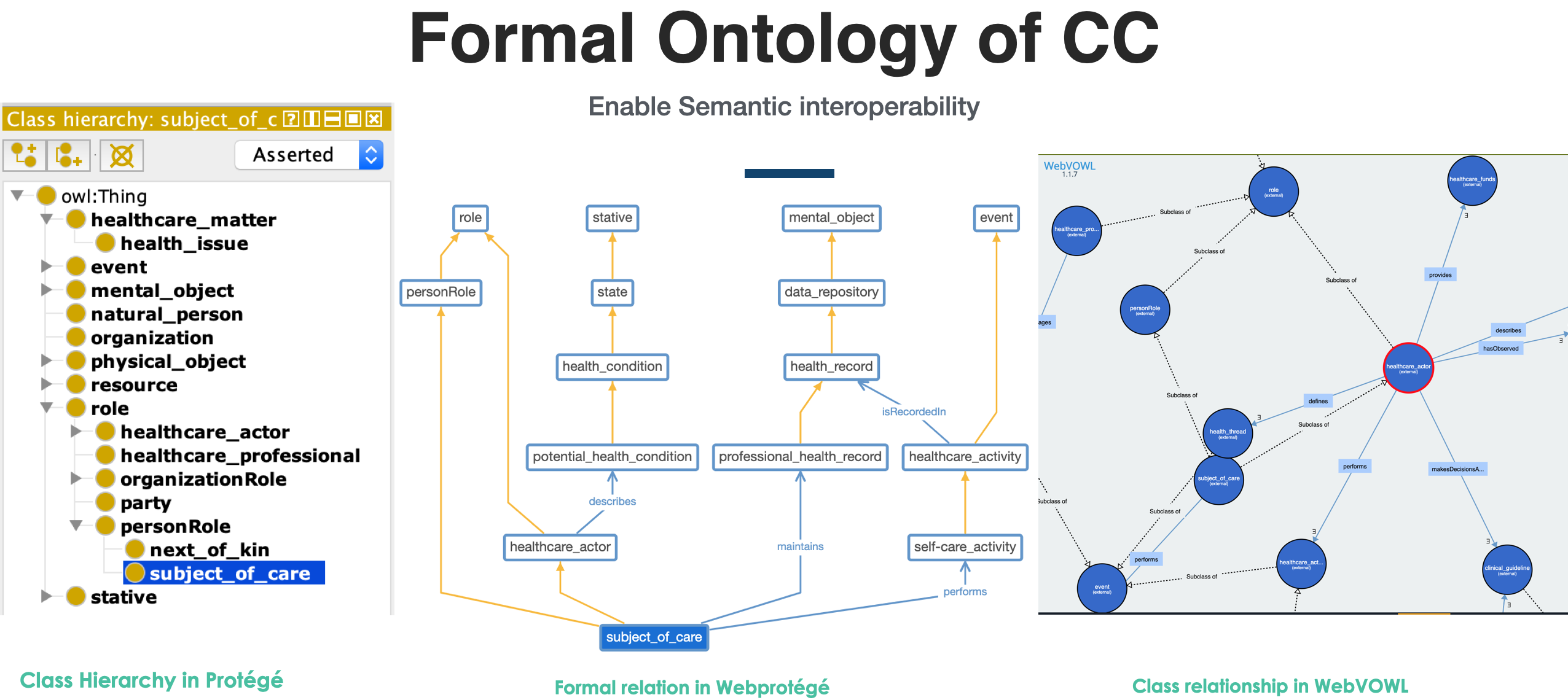National and global policy advocate a reorientation in models of care to deliver self-management support to empower citizens to live well at home in their communities.
Underpinning eHealth digital and smart technologies are new programmes of care where information is accessible to individuals across one to many different services. This approach can be summarised as delivery of integrated care.
Integrated care is hard to deliver, it requires shared knowledge across systems on clinical processes such as discharge letters or referral documents so that health care professionals and individual service users can access and share relevant key information safely and securely.
Despite the inevitable growth and media focus on Artificial Intelligence (AI) and Machine Learning (ML), there is little evidence to demonstrate wide use of emerging technologies on large health or social care eHealth systems in Ireland. Of particular concern is the lack of nursing involvement in the development of the design science globally. In many cases nursing as a profession is stumbling into 21st century healthcare, and we believe there is a need to contribute to architecture for system design and development of eHealth. This is important as nursing as a profession historically has provided a sense check identifying when care is unsafe and on related patient safety measures. In addition, engagement of nurses in this development work provides a better ROI.
The Center for eIntegrated Care (CeIC) based in the Faculty of Science and Health in DCU provides a platform for nursing researchers to work in partnership at the cross-disciplinary level. We are engaged through the Open Innovation 2.0 paradigm with citizens, health professionals and industry partners to lead out on the design of new models of integrated care using digital and eHealth resources.
In partnership with Adapt Research Center and the Insight Research center, the CeIC has focused its attention on creating specific projects which can accelerate capacity for the Slaintecare Implementation Plan. For example case studies to review the use of the Internet of Things (IoT) in the community setting with experienced nurse practitioners, and building formalised ontologies underpinned by ISO TC 251 standards. We use three key pillars for system design to classify our projects namely, function, behaviour and structure. Here we provide a brief summary of one of our projects relating to structure on ISO 13940 Contsys [1].
Working with state of the art international standards and associated evidence, CeIC has created a formalised ontology to support its research on specific projects relating to targeted funded research at the information level. Projects such as Covid 19 monitoring and patient safety in community and residential settings are currently in progress. With established scholarship groups for the past three years, the project requirements are defined by clinicians and service users and are patient centric. Our overarching goal is to demonstrate knowledge exchange on Health Informatics Standards to optimise learning, advance standards adoption, and in the longer term to support sustainable technologies to advance interoperability in Ireland. Figure 1 demonstrates three views of the work currently completed. We have opted to use Web Ontology Language (OWL) to design our ontology as it provides reasoning facility based on description logic (DL) and query support by RDF query language SPARQL. Human readable definition has been added for every term used in the ontology. The created Ontology can also be exported in different formats such as RDF/XML, Turtle or JSON-LD based on application need. We consider the challenges ahead will be to integrate in a very specific care setting like older person assessment of care on fall risk and dietary requirements. We can then align our ontology with top level ontology (DOLCE), so that we are able to aggregate other relevant ontology freely available on BioPortal.

Figure 1: Different view of the ontology
Collaborating with the international CEN TC 215 community we plan to test and refine our formal ontology with defined projects building middleware using defined metadata which can support semantic and syntactic interoperability. For example we have been collaborating with EIF and OpenNCP projects over the past three years. We also have engaged in early work on the development of metadata registry for health and social care data dictionary in Ireland [2]. Further information on work in the CeIC is available from our website [3].
[1] Systems of concepts for continuity of care (ISO 13940:2015) [Internet]. 2018. Available from: https://www.iso.org/standard/58102.html
[2] Hussey P, McGlinn K. The Role of Academia in Reorientation Models of Care—Insights on eHealth. Informatics. 2019; 6(3):37. Online https://www.mdpi.com/2227-9709/6/3/37/htm
[3] Hussey P Center for eIntegrated Care. Online Resource [cited 2020 May 8th] Available from: www.ceic.ie
Published on
Sunday, May 17, 2020
by
Nicholas O